Flashbacks: the phones that revolutionized mobile cameras, part 1

Over the past few years we've watched smartphone chipsets go from having a lonely CPU core to having ten. Display resolutions broke the HD barrier and currently top out at 4K. But progress has slowed down on both the chipset and display fronts. High refresh rate displays made things exciting again for a while, but that excitement is dying down too.
Cameras, however, seem to keep getting better and better (and more numerous). And more often than not they are the reason to upgrade before your old phone is on its last legs. A Snapdragon 855 may be a couple of years old at this point, but it's still pretty zippy. However, a 10x periscope lens will crush any phone camera from 2 years ago in a zoom shootout.
So, let's rewind the tape and pay tribute to the phones that introduced revolutionary camera technologies.
We should start at the beginning. The first phone with a built-in camera was the Kyocera VP-210 from 1999. It had a 110,000 px sensor (yes, 0.1MP), and could take photos. You could store up to 20 photos on the phone and send them over email. The phone supported video calling too, transmitting video over Japan's PHS network at 2 fps.
This was a front-facing camera, by the way, making it the first selfie camera too.

The Kyocera VP-210 was the first camera phone and it had the first selfie camera too
The first 10MP or higher phone camera belongs to the Samsung Pixon12 that hit the market in August 2009. As the name suggests, it had a 12MP sensor. As did the Sony Ericsson Satio that arrived a few months later, but we're only looking at the first to make it to the market.
It took a full decade to add another zero to the resolution number - the first 100MP or higher phone camera was mounted on the Xiaomi Mi CC9 Pro, which was launched as the Mi Note 10/10 Pro in the West. It packed a massive 1/1.33" Samsung HMX sensor with 108MP resolution and quad binning technology.
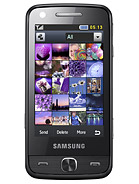


Samsung M8910 Pixon12 • Xiaomi Mi CC9 Pro • Xiaomi Mi CC9 Pro
We've seen bigger, though. The Nokia 808 PureView from 2012, which did have a larger sensor at 1/1.2" optical format. Its reign was short-lived, however. The largest sensor on a phone ever was inside the Panasonic Lumix Smart Camera CM1 from 2014. It had a 1" 20 MP sensor and a Leica lens with f/2.8 aperture.
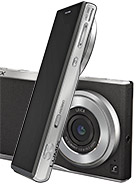
Panasonic Lumix Smart Camera CM1
The Nokia 808 PureView was the first phone to use pixel binning, however. Nokia's whitepaper called it 'oversampling', but the idea is the same - several tiny pixels can be better used as one big pixel. Besides offering stunning per-pixel detail, this technique enabled lossless digital zoom, something that is quite common today.
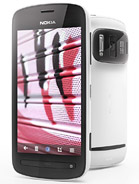

Nokia 808 PureView • Details on 808's amazing sensor
The first phone with optical zoom came many years earlier - the Sharp 902 had lens that offered up to 2x optical zoom for its 2MP camera. As far as we can tell this was also the first periscope lens on a phone. It had a single camera, so that periscope had to adjust its focal length, that is true zoom. You can read more about the early days of optical zoom on mobile, if you're curious.
A fun fact for Flashback regulars: yes, of course there was a Sharp 902 Ferrari edition.
We have a tie for the first dual camera - the LG Optimus 3D and HTC EVO 3D both came out in July 2011. These two were failed attempts to capitalize on the 3D craze that Avatar started in 2009. The phones had two identical camera modules so that they can shoot stereoscopic photos and videos that could then be viewed on the paralax barrier screens.
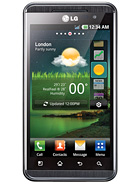
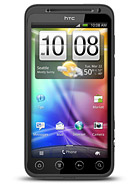
LG Optimus 3D P920 • HTC EVO 3D
Update: Actually, the Samsung SCH-B710 from 2007 predates both with stereo 1.3 MP cameras, also used for 3D shooting.
The first useful dual camera came later with 2016's LG G5. It was equipped with the first ultrawide angle camera. The main 16MP camera had a 75º field of view, the wide lens stretched out to 135º FoV. That's actually quite impressive as if you check recent ultrawide cameras, you'll find many of them have 120º or so lenses.
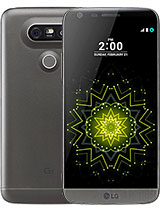

LG G5 • A comparison in the field of view captured by LG G5's wide and ultra wide cameras
Another dual camera first came in 2014 with the HTC One (M8). It had two 4MP sensors - one shot in color, the other acted as the first depth sensor. The phone used the depth information for various effects, none of which were exactly impressive.




HTC One (M8) • Effects enabled by HTC One (M8)'s depth sensor
This is the end of Part 1. Having looked at the important milestones of still cameras on phones, we'll focus on the video recording side of things next week.
Related
Reader comments
- MMS
- 08 Mar 2021
- mYi
Maybe worth to mention Nokia N8, with the xenon flash and very sharp 12MP pictures, 1/1.83"
- Anonymous
- 03 Mar 2021
- 8uB
I actually Don't find what I was expecting here. It's all so empty please author rewrite it again. It could really matter a good article.
- Hanifbhutto
- 02 Mar 2021
- 6QH
And what about Qtek (now HTCs pocket pcs, or handheld devices .








 Samsung
Samsung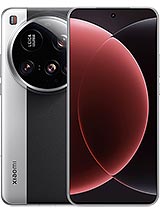 Xiaomi
Xiaomi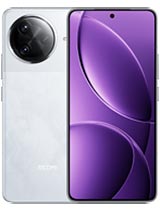 Xiaomi
Xiaomi Samsung
Samsung Samsung
Samsung


